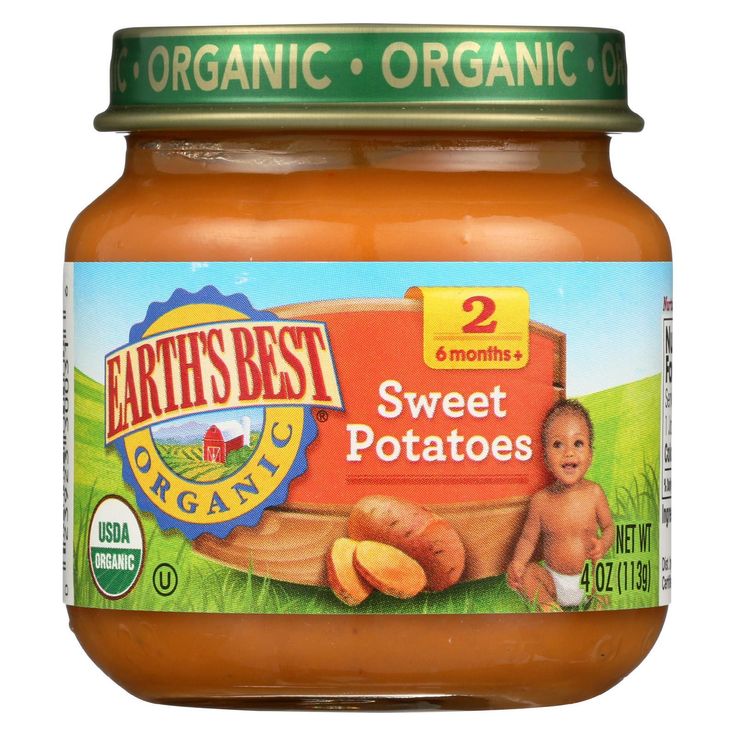How to feed baby wood ducks
How to Care for a Baby Wood Duck
By Kathleen Bona | Updated September 26, 2017Things You'll Need
Brooding area
Straw, hay or peat moss
Heat lamp with infrared bulb
Brooding thermometer
Baby duck feed
Chicken grower ration
Corn grain
Non-slippery paper
Greens
Drinking water
Shallow pan or trough with wire guards
Considered one of the most beautiful of all water birds, according to the Cornell Lab of Ornithology, the wood duck is a member of the family Anatidae, which also includes geese and swans. Wood ducks were near extinction at the turn of the century, but wildlife conservationists and sportsmen supported limitations on hunting wood ducks during the 1930s, which has resulted in a renewed population numbering in the millions, according to the Virginia Cooperative Extension. Ducks are hardy and present few problems in the journey to adulthood, says the University of Minnesota Extension website.
Prepare a Brooding Area
Prepare a draft-free, half-square foot of floor space for one baby wood duck that is 2 weeks old or younger.
Cover the floor with about 4 inches of dry straw, hay or peat moss to serve as bedding.
Add a half-square foot of space to the brooding area when your duck reaches 3 weeks of age. Add an additional half-square foot each week until the area measures 2 square feet.
Remove wet bedding material daily.
Keep Your Duck Warm
Place a heat lamp with an infrared bulb in the corner of the brooding area, at least 12 inches above duckling level.
Measure the temperature in the brooding area with a brooding thermometer. Hang the thermometer from the heat lamp, just above duckling level. An appropriate temperature for a duckling of under 3 weeks of age is 85 to 90 degrees.
Begin lowering the temperature when you notice your baby duck continually distancing itself from the heat source.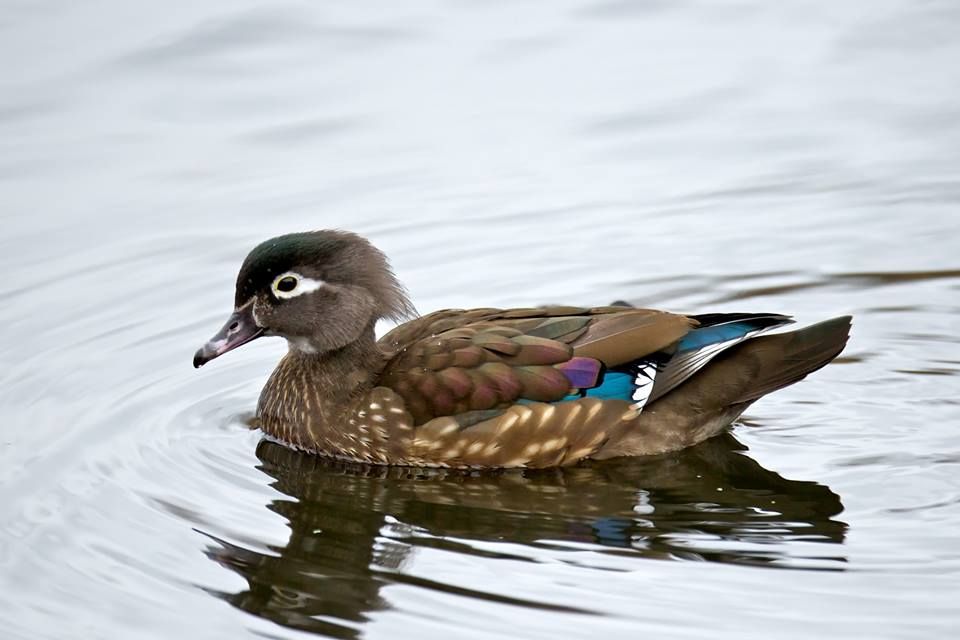 Lower the temperature 5 degrees each week until you reach 70 degrees.
Lower the temperature 5 degrees each week until you reach 70 degrees.
Feeding Your Duck
Start your duck on feed formulated for baby ducks. If this type of feed is not available in your area, substitute with chick starter.
Begin feeding your duck a chicken grower ration and cracked corn after 3 weeks of age. The duck will not overeat; always have feed at its disposal.
Avoid leg injuries by placing the feed on non-slippery paper for the first week; fine sandpaper works well. Remove wet and soiled feed each day.
Offer greens--such as grass, clover, dandelions, lettuce or cabbage--to your duck daily.
Place fresh drinking water in a shallow pan or trough with wire guards. To prevent drowning, the water should be deep enough for your duck to dip only his bill and head into. Adjust the depth accordingly as your duck grows.
If your duck makes an unusual amount of noise, it is probably cold; check the temperature in the brooding area.

Warnings
Do not feed bread, onions or birdseed to ducks.
References
- University of Minnesota Extension: Raising Ducks
- Virginia Cooperative Extension: Management of Wood Ducks on Private Lands and Waters
Photo Credits
Writer Bio
Kathleen Bona has been enjoying her career as a freelance writer for the past two years. Her areas of expertise include the care of animals, cooking, astrology, entertaining and green living. She also works as a ghostwriter for various websites and blogs.
How to Care for a Baby Wood Duck
Written by Carol Sarao • Updated August 24, 2022
PaulReevesPhotography/iStock/Getty Images
Wood ducks are colorful, brightly marked waterfowl that frequent wetlands, swamps, marshes and lakes. They are one of only a handful of North American ducks that build their nests in trees. Soon after hatching, the ducklings jump down from the nest and make their way to the water, guided by the mother duck's calls. A baby wood duck that has been orphaned needs to be cared for by a licensed wildlife rehabilitator. Your task will be to keep the duckling warm, clean and well-fed until you can get it safely delivered into the hands of experts.
A baby wood duck that has been orphaned needs to be cared for by a licensed wildlife rehabilitator. Your task will be to keep the duckling warm, clean and well-fed until you can get it safely delivered into the hands of experts.
Evaluate the baby duck's condition and circumstances before touching it or trying to remove it from its environment. If it is peeping loudly and running about vigorously, leave it where it is unless you know for certain that the mother has been killed. The mother is probably in the vicinity and is only waiting for your departure to approach the baby. Leave the area for at least an hour and a half. If you return after that time and the duckling is still in the same place, or if it is lethargic, silent or wet, it may be orphaned and might need help.
Contact a licensed wildlife rescue organization. The Center for the Rehabilitation of Wildlife notes that it is illegal to care for or possess wild birds, and trying to raise them can result in harm. Call your state's fish and wildlife service and ask for the number of the permit office; these offices keep phone numbers of local rehabilitators. You can also try a local branch of the Audubon Society, a veterinarian or an animal control office. You'll need to care for the duckling until you can find a center.
You can also try a local branch of the Audubon Society, a veterinarian or an animal control office. You'll need to care for the duckling until you can find a center.
Dry the duckling off with paper towels if its downy feathers are wet, and place it under a heat lamp to finish drying. Make sure the lamp is positioned far enough away from the duckling so that it is not uncomfortably hot. The Center for Rehabilitation of Wildlife advises that it takes several weeks for baby ducks to produce vital waterproofing oils in their feathers, and that parents, by sitting on the ducklings, transfer the oil from their own feathers. An orphaned duckling that becomes soaked and chilled at an early age can die from the complications.
Place the baby duck in a 10-gallon fish tank--or a sturdy cardboard box of the same size--lined with clean cotton rags or T-shirts. Don't use terrycloth towels; the duckling may catch its claws on the fabric. Make sure the box has a secure cover with breathing holes, and place it in a warm, quiet location that is free of drafts. Bird Care recommends wrapping a hot water bottle in a towel for extra warmth, but make sure the duckling can move away from it if it is too hot.
Bird Care recommends wrapping a hot water bottle in a towel for extra warmth, but make sure the duckling can move away from it if it is too hot.
Offer finely shredded vegetables such as carrots or kale mixed with chicken starter feed--available at farm supply stores--combined with enough water to make a paste. Wood ducks are precocial, which means they can eat unassisted as soon as they are born. You can also give the duckling live mealworms, available at pet stores. Duckweed, scooped from a local pond, is an ideal offering if you can get it.
Provide drinking water by setting a shallow dish in the duck's box. Place smooth pebbles in the dish to prevent the duck from climbing in and getting wet.
Tip
Discard all uneaten food daily.
Change and launder the T-shirts frequently to prevent the duckling's feet from becoming covered with droppings and spilled food.
Warning
Never force-feed the duckling water or any sort of liquid, even if you think it is dehydrated.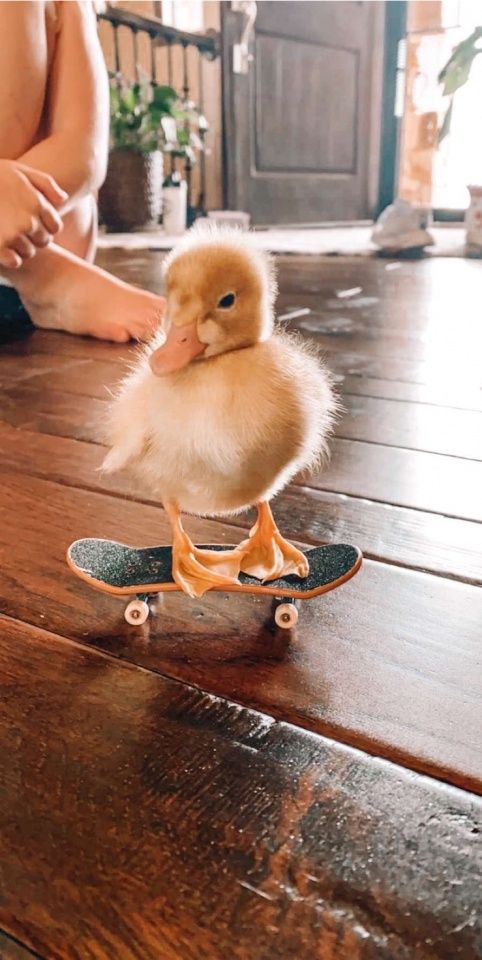 It could aspirate the fluid, with lethal results.
It could aspirate the fluid, with lethal results.
Make sure the chicken starter feed is not of the medicated variety; Live Ducks notes that this can be fatal to ducklings.
Don't use a deep water container; the duckling could fall in and drown.
Although wood ducklings are fuzzy and almost irresistibly cute, you should touch them only when necessary and avoid petting, picking up or cuddling them. The stress of this could cause them to stop eating.
References
- Live Ducks: Duck Care and Health
- The Cornell Lab of Ornithology: All About Birds--Wood Duck
Writer Bio
Carol Sarao is an entertainment and lifestyle writer whose articles have appeared in Atlantic City Weekly, The Women's Newspaper of Princeton, and New Millennium Writings. She has interviewed and reviewed many national recording acts, among them Everclear, Live, and Alice Cooper, and received her Master of Fine Arts degree in writing from Warren Wilson College.
YOU MAY ALSO LIKE
types of feed, diet and norms
For normal development and rapid weight gain, ducklings need to receive high-calorie balanced feed from the first days of life that meets the needs of age and direction. Health, survival, livestock productivity and, accordingly, the profitability of the economy primarily depend on the proper nutrition of birds. Thanks to a well-designed diet and feeding regimen for ducks, it is possible to improve the quality of the final product and reduce veterinary costs, both at a large poultry farm and at home.
- What foods are good for ducks?
- Benefits of feeding ducks specialty feeds
- Features of the spring-summer diet
- Nuances of feeding in winter
- Prohibited products
- Norms and diet for ducks of different ages
- Benefits of compound feed for ducks produced by MEGAMIX Group of Companies
What foods are good for ducks?
Cereals are the main component of feed mixtures.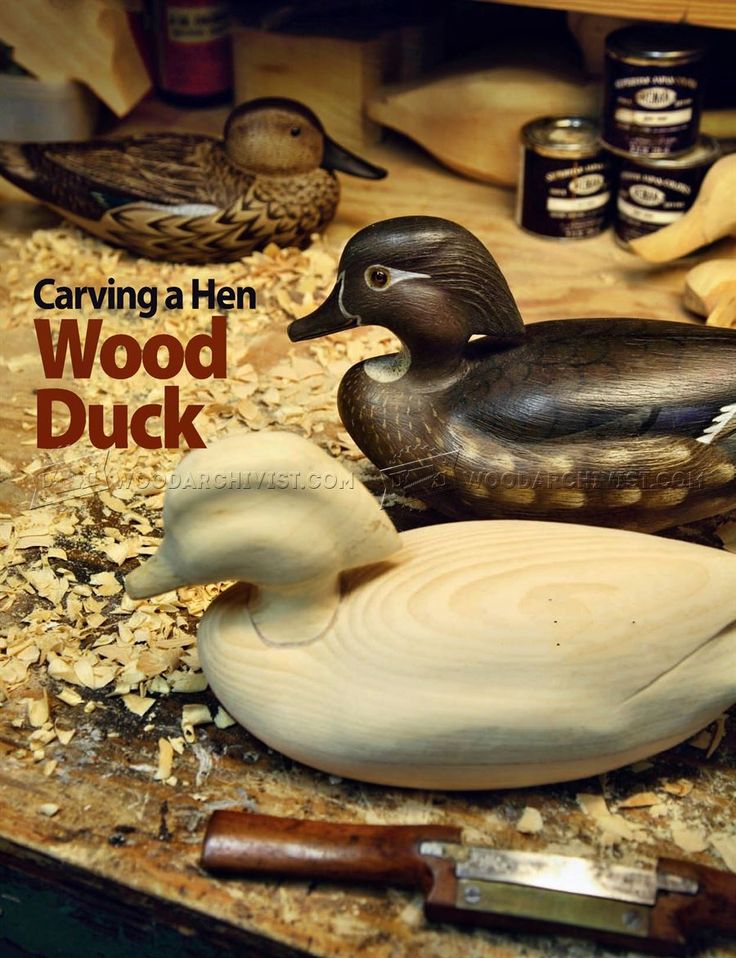 They contain a lot of proteins, carbohydrates, vitamins and fiber necessary for good growth and muscle gain. They contain a lot of proteins, carbohydrates, vitamins and fiber necessary for good growth and muscle gain. |
|
| Legumes are a high-calorie source of protein |
|
| Juicy feed enriches the diet of ducks with vitamins, stimulates appetite |
|
| Animal products are necessary for the normal development of the bird's body, rapid weight gain or increase in egg production. |
|
| Minerals are important for good food digestion and egg formation. |
|
Benefits of feeding ducks specialty feeds
High-quality ready mixes are biologically safe and balanced. They are made from natural components of plant and animal origin, which has passed multiple tests. They use the most digestible grains as the main ingredients. Starter mixtures can be additionally enriched with pure amino acids obtained in the laboratory.
Ready mixed feeds and meet the age needs of birds. In the production process, they undergo short-term heat treatment, which destroys harmful microorganisms, but does not have time to destroy useful substances. The use of purchased compound feed simplifies the care of ducks and frees the poultry house from additional work on the preparation of mash.
Features of the spring-summer diet
During this period, the chicks are actively growing and gaining weight. If the breeder specializes in meat breeds, then feeding is limited only to the spring-summer season. In large farms, where birds do not have the opportunity to walk, ducks are given compound feed 4 times a day. For home breeding, summer is also the best period. On small farms or in subsidiary farms, wet mashes are usually alternated with a mixture of cereals and fresh herbs, and concentrated mixtures are used instead of complete feed to enrich the diet.
In large farms, where birds do not have the opportunity to walk, ducks are given compound feed 4 times a day. For home breeding, summer is also the best period. On small farms or in subsidiary farms, wet mashes are usually alternated with a mixture of cereals and fresh herbs, and concentrated mixtures are used instead of complete feed to enrich the diet.
In duck breeding, the cultivation of birds in water bodies is used, however, such conditions are not suitable for all breeds. The advantages of the method are that ducks independently extract all the necessary nutrients. However, to gain weight, they need to additionally give high-calorie feed. Because of this, the fattening time can increase up to 4-6 months. instead of 2.5. However, as a result, the breeder receives lean, juicy meat with excellent taste.
Nuances of feeding in winter
In egg breeds, the diet during the cold season changes significantly. The amount of succulent fodder and greens is reduced. Instead, the proportion of meat and bone and fish meal, dried hay, and boiled vegetables is increasing. Ducks need to be fed only twice a day: in the morning and in the evening. The main volume is made up of grain mixtures, wet mixers. To compensate for the deficiency of proteins, vitamins and calcium, special premixes or protein-vitamin-mineral complexes are used.
Instead, the proportion of meat and bone and fish meal, dried hay, and boiled vegetables is increasing. Ducks need to be fed only twice a day: in the morning and in the evening. The main volume is made up of grain mixtures, wet mixers. To compensate for the deficiency of proteins, vitamins and calcium, special premixes or protein-vitamin-mineral complexes are used.
In winter, it is important to ensure that egg breed ducks receive enough calories, but do not gain excess weight, since obesity leads to a decrease in productivity.
Prohibited products
Despite the fact that ducks are almost omnivores, some foods can harm them. It is not recommended to give the bird:
- Moldy feed. Mycotoxin poisoning can lead to serious consequences.
- Fine flour. It can clog the nose and swell in the stomach, causing a false feeling of fullness. As a result, ducks receive less nutrients, eat less feed, and gain weight worse.
- Bread. Such food causes dysbacteriosis and upset of the gastrointestinal tract in the bird's body.
 Only crackers in small quantities are allowed.
Only crackers in small quantities are allowed. - Fresh milk. In the stomach, it is not absorbed, but folds, causing indigestion.
- Poisonous herbs for ducks: celandine, cocklebur, henbane, poisonous milestone, maple leaves, etc. When chopping fresh herbs, you need to carefully check all the plants.
- Fresh nettle. Untreated stems and leaves can burn the walls of the stomach and lead to irritation of the gastrointestinal tract.
- Cucurbitaceae, in particular cucumber and marrow. Their excessive use provokes the excretion of calcium.
- Vegetable and fruit cleaning. They are too dense and hard to digest.
Norms and diet for ducks of different ages
Calorie and nutrient requirements change in chicks as they grow. When choosing feed for ducks, you should pay attention to its labeling and composition.
In the period up to 4 weeks, the digestive system of the chicks is still not sufficiently formed, easily digestible proteins predominate in the feed.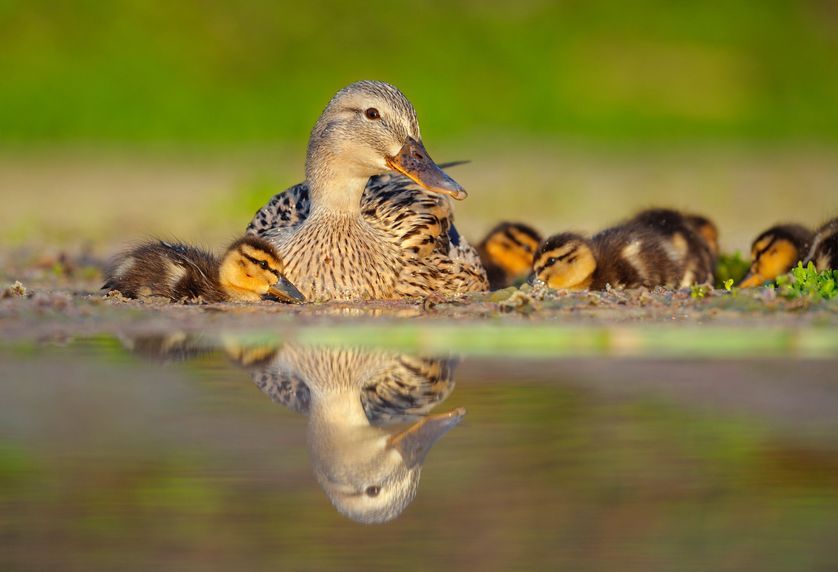 Enzymes are added to the feed mixture to improve digestion. The diet of ducklings is enriched with organic acids, vitamins, macro- and microelements, which are responsible for the formation of a strong skeleton and the normal development of internal organs. Since the immunity of chicks is weaker than that of adult ducks, coccidiostatics are added to the starting compositions. These substances destroy pathogens and prevent the massive spread of coccidiosis among young animals.
Enzymes are added to the feed mixture to improve digestion. The diet of ducklings is enriched with organic acids, vitamins, macro- and microelements, which are responsible for the formation of a strong skeleton and the normal development of internal organs. Since the immunity of chicks is weaker than that of adult ducks, coccidiostatics are added to the starting compositions. These substances destroy pathogens and prevent the massive spread of coccidiosis among young animals.
In the finishing phase (4-8 weeks), ducks require less protein. The protein content in the feed is reduced, but the amount of carbohydrates and fiber is increased so that the bird gains weight faster. Laying ducks require specialized feed. It contains antioxidants that increase the productive period of birds and improve the palatability of eggs.
The feeding schedule is developed taking into account the age of the bird, the season, the size of the livestock and the characteristics of a particular breed. Violation of the recommended regimen can provoke gastrointestinal diseases and blockage of the goiter. In the starter phase, food is given frequently, but in small portions. As the ducks grow older, the dosage increases. By the finish stage, the number of feedings is gradually reduced to 2 times a day.
Violation of the recommended regimen can provoke gastrointestinal diseases and blockage of the goiter. In the starter phase, food is given frequently, but in small portions. As the ducks grow older, the dosage increases. By the finish stage, the number of feedings is gradually reduced to 2 times a day.
Feeding large portions increases the average daily weight gain of birds. It usually takes 2.5 months to raise ducks for meat. Birds are kept in separate pens or cages and restricted in movement so that they gain mass faster without wasting calories on movement. They are fed high-calorie mixtures containing a large amount of cereals and starch. Wet mixers are filled with whey. 2 weeks before slaughter, fish products are excluded from the diet.
During the period of active laying, ducks need to provide a varied diet with a high content of vitamins. In winter and early spring, it is useful for laying hens to give sprouted grains of oats, wheat and barley in the amount of 10–15 g. Every day, the bird needs to drink about 1 liter of water, so it is not recommended to feed it with wet mash. The diet of egg breeds should include yeast rich in B vitamins.
Every day, the bird needs to drink about 1 liter of water, so it is not recommended to feed it with wet mash. The diet of egg breeds should include yeast rich in B vitamins.
The MEGAMIX company produces all types of complete mixtures for ducks of various ages.
PK-21 Starter feed for ducklings from 0 to 4 weeks
PK-22 Finishing composition for young animals 4-8 weeks, accelerating weight gain
Benefits of compound feed for ducks produced by MEGAMIX Group of Companies
You can order all types of feed mixtures for ducks and geese from us. The company has created all conditions for the production of high-quality feed:
- our products meet the age and species requirements of the bird;
- all components are mixed with high precision and carefully processed on modern equipment;
- incoming raw materials and final product are tested for safety in a world-class laboratory;
- prepared feeds are stored in ventilated warehouses and are not affected by mycotoxins;
- wet mixes are packaged in special packaging that maintains the required moisture level throughout the entire shelf life.

Here you can buy ready-made compound feed for ducks or order the development of a product according to an individual recipe. The company's technologists will advise you on the best way to feed ducks, calculate product rates for birds of different ages and give useful advice on livestock keeping conditions.
What to feed a ferret - how a ferret eats at home, what they can eat and how to make a diet
What do ferrets eat is the first question that future owners ask veterinarians and pet store employees. Today we will tell you what the nutrition of a ferret should be, we will offer the optimal feeding scheme at home.
What do ferrets eat?
Ferrets are predators by nature. In their natural environment, they independently obtain food: they hunt rodents, small birds, frogs, lizards, and insects. Animals love to eat fish, but this product is not the main one.
The animal receives the microelements and substances necessary for life from animal food.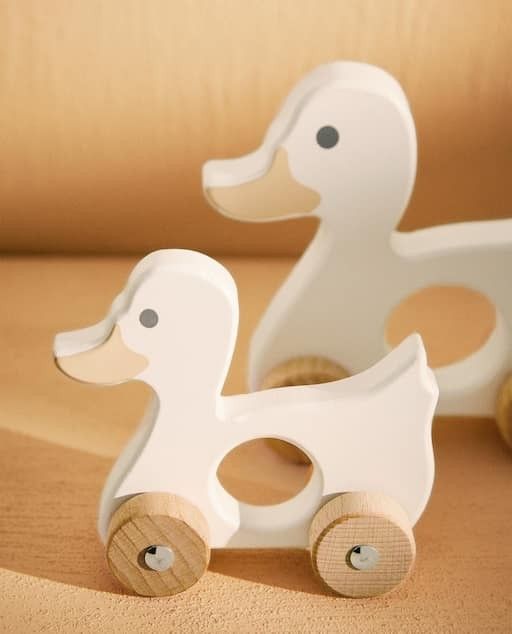 There are practically no plants in his usual menu. This fact must be taken into account when planning a diet.
There are practically no plants in his usual menu. This fact must be taken into account when planning a diet.
How to feed a ferret at home?
You can use natural food or buy ready-made foods that are sold in pet stores and veterinary clinics. The latter option is preferable, since ready-made mixtures contain the necessary set of minerals and trace elements.
Regardless of which food option you choose, the animal should receive per day:
- protein of animal origin - at least 30% of the total portion;
- fats - about 20%;
- complex carbohydrates - 10-15%;
- fiber - up to 3-5%.
Cute predators independently obtain food only in the wild. This is not possible in an apartment setting. Therefore, the main task of the owner is to provide his pet with all the conditions for a comfortable and healthy life.
What can be given to ferrets?
There is a list of allowed and prohibited products.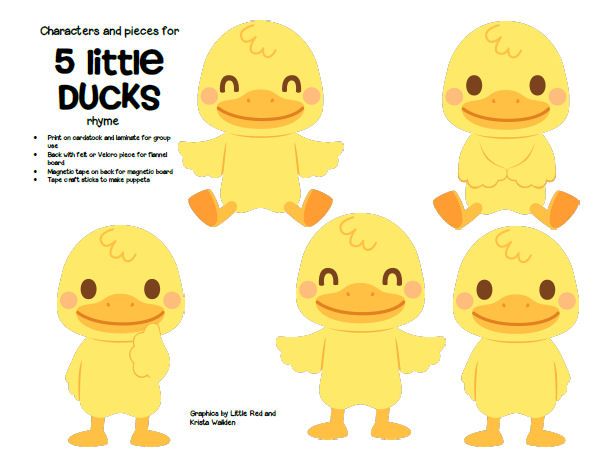
Let's start with those that can be given to small predators:
- meat - chicken, turkey, beef (lean), pork, rabbit meat, boiled lamb;
- seafood - sea fish, squid, peeled shrimp;
- multi-grain cereals;
- boiled eggs.
What should not be fed to a ferret?
In order not to harm your pet, protect it from vegetables and fruits. The digestive system of ferrets is not designed to digest large amounts of plant foods.
What else you need to give up:
- baking;
- any nuts;
- desserts containing sugar;
- products containing salt, spices;
- roasted, smoked meat;
- onion, garlic.
Do not feed your pet from the table and do not try to give your ferret dry or canned dog or cat food.
What do ferrets eat: treats
If you want to pamper the animal, remember that the treat should be not only tasty, but also healthy. You can give cottage cheese with a minimum fat content, dates, bananas, pieces of hard cheese.
You can give cottage cheese with a minimum fat content, dates, bananas, pieces of hard cheese.
The listed products cannot be used as the main diet. Veterinarians recommend giving them no more than 2 times a week.
Natural food based ferret diet
If you decide to cook for your pet yourself, do not add salt and spices to his food.
The daily diet should consist of the following parts:
- two-thirds meat and offal;
- one third - cereals: buckwheat, oatmeal, millet.
Males should eat at least 300 grams per day, females - about 150-200 grams, cubs - 100 grams.
Live food for ferrets
Not every owner will go to ensure that the diet of the animal is fully consistent with its nutrition in the natural environment.
If you have such a desire, you can give small rodents, worms, insects to be eaten by a predator.
How do I feed my ferret dry food?
The most convenient and profitable feeding of a ferret at home is ready-made dry food.


 Greens are given in crushed form, adding to wet mixers. The share of fresh grass in the diet of ducks should be up to 20%.
Greens are given in crushed form, adding to wet mixers. The share of fresh grass in the diet of ducks should be up to 20%. 
 The recommended rate does not exceed 10 g per week.
The recommended rate does not exceed 10 g per week. 
